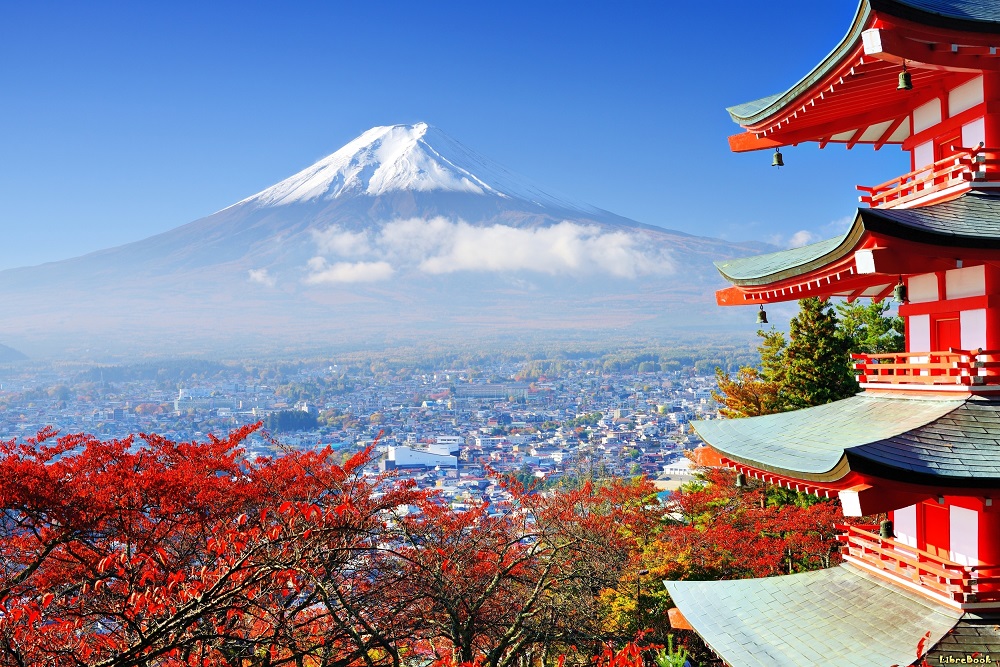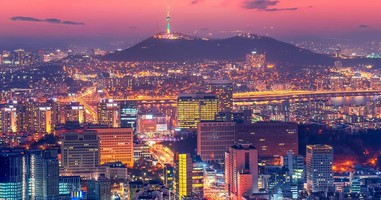
Reports
Japan
October 17, 2019

The history of industrialization in Japan can be divided into two large stages: primary industrialization, which began in the second half of the 19th century, and re-industrialization after the Second World War. For the purposes of this analysis, the period of re-industrialization, which began in 1945, is described.
Industrial policy in Japan has been the subject of numerous studies by both Japanese and international authors. In general, four main stages in the industrialization of Japan can be distinguished chronologically.
1945-1960. Recovery and catch-up development.
This period can be divided into two parts. In 1945-1950, the main task was to restore the Japanese economy after the defeat in the Second World War. In 1946, the index of physical volume of production was 20% of the pre-war peak, and a quarter of national wealth was lost during the war. In addition, international trade opportunities were limited by Allied forces. To support the economy and avoid hunger, the Government continued to regulate and control wartime practices. This system, called the Priority Production System (PPS), began operating in 1946-1948 and allowed the concentration of limited local resources in two critical industries - steel and coal. The main raw material available at that time was coal. But the increase in its production was limited by the availability of steel. The use of PPS looped the production of coal and steel on top of each other, which allowed them to increase their production in a short time and make them available to other industries.
The second period, catching up development, began in the early 50s. Despite the fact that direct government regulation through PPS continued until the end of the 50s, direct intervention decreased by the end of the period. There were three main factors that influenced the position of the Government.
First, despite the positive impact of the Korean War on recovery, the Japanese economy was only able to recover by the mid-50s. Government interventions were needed, as international trade was limited and there was great latent unemployment in the agricultural sector.
Second, the government had many proponents of direct regulation. The 1946 Act on the Temporary Regulation of Supply and Demand expanded the government’s right to intervene in the private sector. In accordance with this Law, the government could standardize any product for production and consumption, prohibit or restrict the use, production or shipment of any product that was scarce. This law was valid until 1952. But the government has many opportunities to regulate the private sector until the late 50s and early 60s. Access to foreign currency was critical for companies that needed foreign resources to build new plants and obtain technology and licenses from foreign companies. However, foreign currency was controlled and distributed.
share
article
all publications











